Introduction
In the realm of traditional Chinese cuisine, tangyuan (or glutinous rice balls) hold a special place during festive occasions, particularly during the Lantern Festival. These sweet, chewy delicacies symbolize unity and completeness, making their preparation a ritualistic endeavor filled with love and care. However, achieving the perfect boil for tangyuan can be a delicate task, requiring both patience and precision. Overcooking can lead to a mushy texture, while undercooking results in a hard, unpleasantly sticky center. To ensure your tangyuan are cooked to perfection, here are three indispensable techniques that will guide you through the process, transforming your kitchen into a haven of sweet, savory success.
Section 1: Understanding the Basics of Tangyuan Cooking
Before diving into the specific techniques, it’s crucial to grasp the fundamentals of cooking tangyuan. Tangyuan are typically made from a dough of glutinous rice flour mixed with water or another liquid, then filled with sweetened red bean paste, sesame paste, or other favorite fillings. The outer layer, being gluten-free and sticky, requires careful handling and cooking to maintain its integrity and texture.

When cooking tangyuan, the most common method is boiling them in water. This straightforward approach, however, demands attention to detail to avoid the pitfalls of over- or undercooking. The water’s temperature, the cooking duration, and the tangyuan’s size and density all play pivotal roles in determining the final outcome.
Section 2: Technique 1: Observing the Float
The first and most widely recognized technique to determine if tangyuan are cooked is by observing their floating behavior. This method leverages the principle of buoyancy, where an object becomes less dense than the surrounding liquid once it is heated and expands internally.
Step-by-Step Guide:
-
Bring Water to a Gentle Boil: Start by filling a pot with enough water to fully submerge your tangyuan with room to spare. Bring this water to a gentle boil over medium-high heat. Avoid using a rolling boil as it can be too aggressive and cause the tangyuan to break apart.
-
Add Tangyuan Carefully: Once the water is boiling, gently drop the tangyuan into the pot using a spoon or ladle. Be cautious not to overcrowd the pot, as this can reduce the water’s temperature drastically and prolong cooking time. A good ratio is around 10-12 tangyuan per liter of water.
-
Wait for the Float: As the tangyuan cook, they will gradually absorb water and expand. Eventually, they will begin to rise to the surface of the water. This is a critical indicator that they are nearly cooked. However, do not remove them immediately upon floating.
-
Allow for Additional Cooking: Once the tangyuan float, let them simmer for another 2-3 minutes. This ensures that the center is fully cooked and the outer layer has achieved the desired softness without becoming too mushy.
Section 3: Technique 2: The Touch Test
While the float test is a reliable indicator, it may not always provide a definitive answer, especially if the tangyuan are particularly large or dense. In such cases, the touch test serves as a supplementary method to ensure thorough cooking.
Step-by-Step Guide:
-
Carefully Remove One Tangyuan: Using a slotted spoon, gently lift one tangyuan out of the boiling water. Be cautious not to pierce the outer layer, as this can release the filling prematurely.
-
Perform the Touch Check: Gently press the surface of the tangyuan with your fingertip. A perfectly cooked tangyuan should feel slightly firm but give way slightly under pressure, indicating that it is tender and cooked through.
-
Inspect the Color: Additionally, observe the color of the tangyuan. Fully cooked tangyuan will have a uniform, slightly translucent appearance, with no visible raw patches.
-
Re-immerse and Continue Cooking if Necessary: If the tangyuan feels too firm or the color is uneven, return it to the boiling water for another minute or two before re-checking.
Section 4: Technique 3: The Slice Inspection
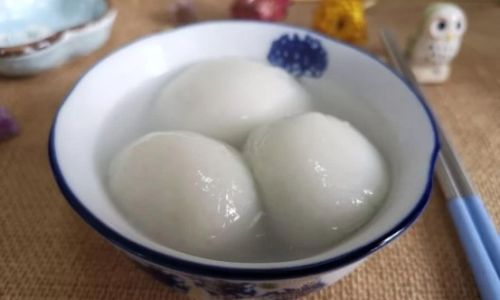
For those who prefer a more definitive method, the slice inspection offers a clear visual cue to determine doneness. This technique involves slicing open a tangyuan to inspect its interior.
Step-by-Step Guide:
-
Remove and Cool Slightly: Carefully remove one tangyuan from the boiling water and let it cool for a few seconds until it is safe to handle.
-
Make a Small Cut: Using a clean knife, make a small, careful slice into the side of the tangyuan. Aim for a clean cut that does not compress the filling excessively.
-
Inspect the Interior: Look at the cross-section of the tangyuan. A perfectly cooked tangyuan will have a uniform texture throughout, with no raw, doughy patches visible. The filling should be soft and fully set, with no liquidy areas.
-
Re-immerse and Continue Cooking if Needed: If the interior appears doughy or the filling is not fully set, return the tangyuan to the boiling water for additional cooking. Check again after another minute or two.
Section 5: Additional Tips for Perfect Tangyuan Cooking
Beyond the three primary techniques, several additional tips can enhance your tangyuan cooking experience:
-
Use Cold Water for Fresh Tangyuan: If you’re cooking freshly made tangyuan, adding them to boiling water can cause them to stick together or break apart. To avoid this, drop them into cold water first and then bring the water to a boil.
-
Ice Bath for Store-Bought Tangyuan: For store-bought, frozen tangyuan, an ice bath can help prevent them from sticking together during storage. Simply place them in a bowl of cold water with a few ice cubes until ready to cook.
-
Stirring Gently: Occasionally stir the tangyuan gently with a spoon to prevent them from sticking to the bottom of the pot or to each other.
-
Draining and Serving: Once cooked, drain the tangyuan using a colander and shake gently to remove excess water. Serve immediately while hot for the best texture and flavor.
Conclusion
Cooking tangyuan may seem like a simple task, but achieving perfection requires a blend of science and intuition. By mastering the three essential techniques of observing the float, performing the touch test, and conducting the slice inspection, you can ensure that your tangyuan are cooked to the ideal consistency – neither too soft nor too firm, but just right. With these techniques in your culinary arsenal, you’ll be able to delight your family and friends with delicious, perfectly cooked tangyuan during every festive occasion. Happy cooking, and may your tangyuan always bring joy and unity to your table!
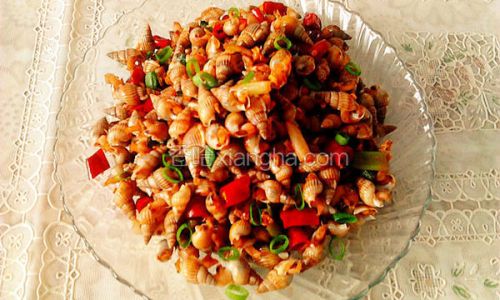
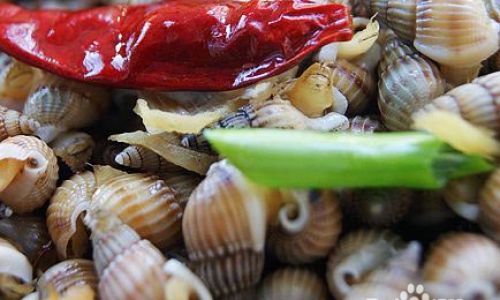
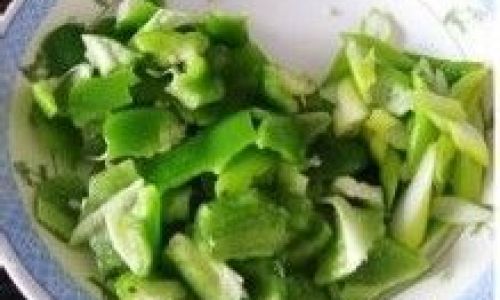
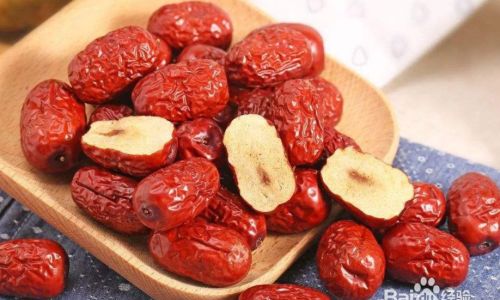

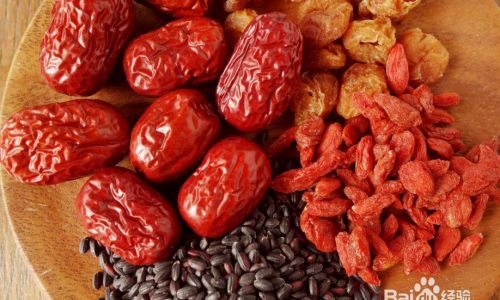
0 comments